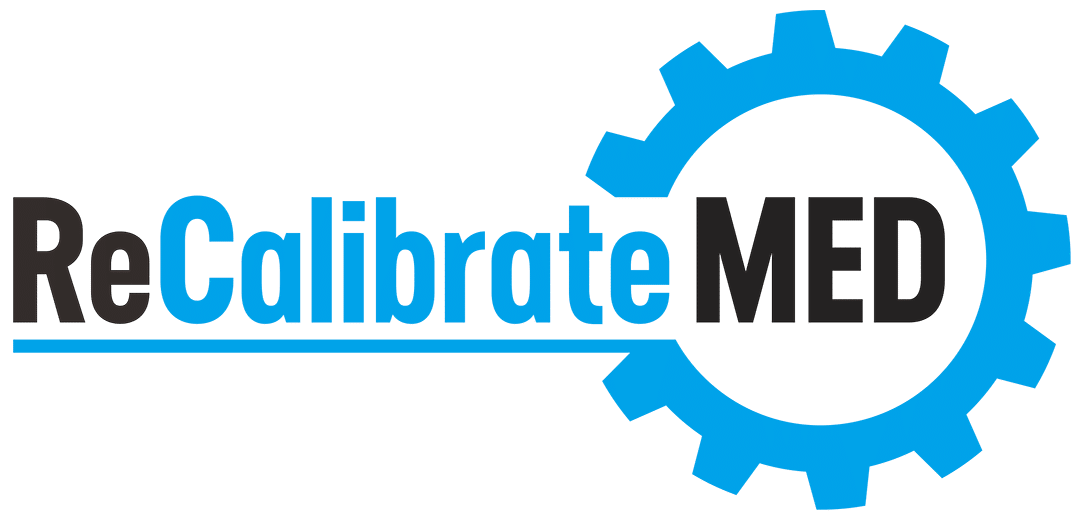Hormone replacement therapy (HRT) involves the administration of hormones to replace the ones that the body is no longer producing in sufficient quantities. It is commonly used to manage menopausal symptoms in women, such as hot flashes, night sweats, vaginal dryness, and mood swings.
There are two primary types of hormone replacement therapy: estrogen replacement therapy (ERT) and progesterone replacement therapy (PRT). Estrogen replacement therapy involves the administration of estrogen alone, while progesterone replacement therapy combines estrogen with progesterone.
Estrogen replacement therapy is typically recommended for women who have had a hysterectomy, as they no longer have a uterus and therefore do not require progesterone to protect the uterine lining. On the other hand, women who still have a uterus are typically prescribed a combination of estrogen and progesterone to reduce the risk of endometrial cancer.
Benefits of hormone replacement therapy
Hormone replacement therapy offers a range of benefits for individuals experiencing hormone-related issues. In the case of menopause, hormone replacement therapy can effectively alleviate symptoms such as hot flashes, night sweats, and vaginal dryness. It can also help improve mood and reduce the risk of osteoporosis, a condition characterized by weakened bones.
For individuals undergoing gender transition, hormone replacement therapy can play a crucial role in aligning their physical characteristics with their gender identity. By administering hormones that are consistent with their gender identity, individuals can experience changes in physical appearance, such as the development of breasts or facial hair growth.
Risks and side effects of hormone replacement therapy
While hormone replacement therapy can provide significant benefits, it is essential to be aware of the potential risks and side effects associated with these treatments. The risks and side effects can vary depending on the type of hormone therapy, dosage, and individual factors.
One of the primary concerns with hormone replacement therapy is the increased risk of certain health conditions. For example, estrogen replacement therapy alone has been associated with an increased risk of endometrial cancer, which is why it is typically combined with progesterone in women with a uterus. Hormone replacement therapy has also been linked to an increased risk of blood clots, stroke, and heart disease.
Other potential side effects of hormone replacement therapy include breast tenderness, mood swings, bloating, headaches, and nausea. It is important to discuss these risks and side effects with your healthcare provider before starting hormone therapy to ensure that you are making an informed decision.
Exploring hormone-blocking therapies
Hormone-blocking therapies, also known as hormone antagonists or hormone inhibitors, work by preventing the effects of hormones on specific cells or tissues. These therapies are commonly used in the treatment of hormone-sensitive cancers, such as breast cancer and prostate cancer.
The most well-known hormone-blocking therapy is the use of selective estrogen receptor modulators (SERMs) in the treatment of breast cancer. SERMs, such as tamoxifen, work by blocking the effects of estrogen on breast cancer cells, thereby slowing down the growth of the tumor.
In the case of prostate cancer, hormone-blocking therapies involve the use of androgen deprivation therapy (ADT). Androgens, such as testosterone, stimulate the growth of prostate cancer cells. By blocking the production or activity of androgens, ADT can help slow down the progression of the cancer and alleviate symptoms.
The role of hormone-blocking therapies in cancer treatment
Hormone-blocking therapies play a critical role in the treatment of hormone-sensitive cancers. For individuals with hormone receptor-positive breast cancer or prostate cancer, hormone-blocking therapies can significantly improve outcomes and prolong survival.
In addition to their use in primary treatment, hormone-blocking therapies may also be used as adjuvant therapy or maintenance therapy after surgery or radiation. This helps reduce the risk of cancer recurrence and improves overall survival rates.
It is important to note that hormone-blocking therapies are not without their side effects. Common side effects of these therapies include hot flashes, fatigue, weight gain, loss of libido, and mood changes. However, the benefits of hormone-blocking therapies often outweigh the potential side effects, making them an essential component of cancer treatment.
Hormone therapy for men and women
While hormone therapy is commonly associated with menopause and gender transition, it is important to recognize that hormone imbalances and related conditions can affect both men and women.
In men, hormone therapy is often used to address conditions such as hypogonadism, where the testes do not produce enough testosterone. Testosterone replacement therapy can help alleviate symptoms such as fatigue, reduced libido, and mood changes.
In women, hormone therapy may be used to manage various conditions, including polycystic ovary syndrome (PCOS) and endometriosis. Hormone therapy can help regulate the menstrual cycle, reduce pain and inflammation, and improve fertility outcomes.
Choosing the right hormone therapy option for you
When considering hormone therapy, it is crucial to work closely with a healthcare professional to determine the most appropriate treatment option for your specific needs and circumstances. Factors such as your medical history, current health status, and personal preferences will play a significant role in guiding the decision-making process.
Your healthcare provider will consider various factors when recommending a hormone therapy option, including the type and severity of your symptoms, your age, your overall health, and any potential contraindications or risks associated with specific treatments.
It is important to have open and honest conversations with your healthcare provider about your medical history, lifestyle, and goals for hormone therapy. This will help ensure that you receive the most suitable treatment option that aligns with your individual needs and preferences. Call us today at (910) 420-0443.





